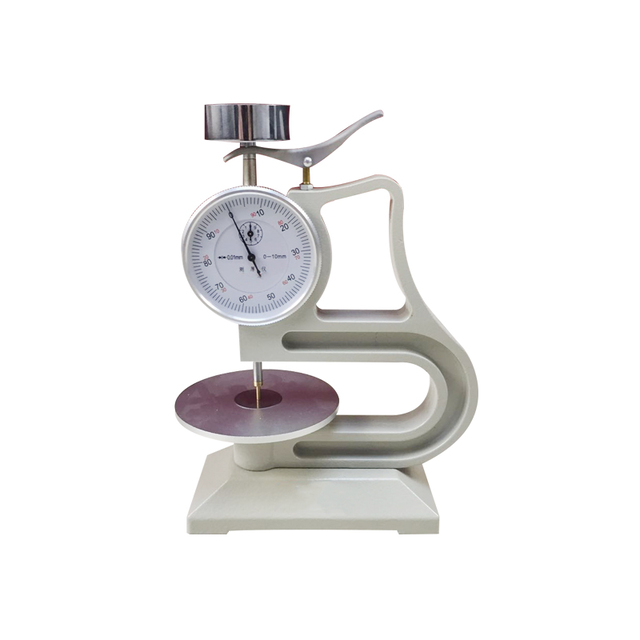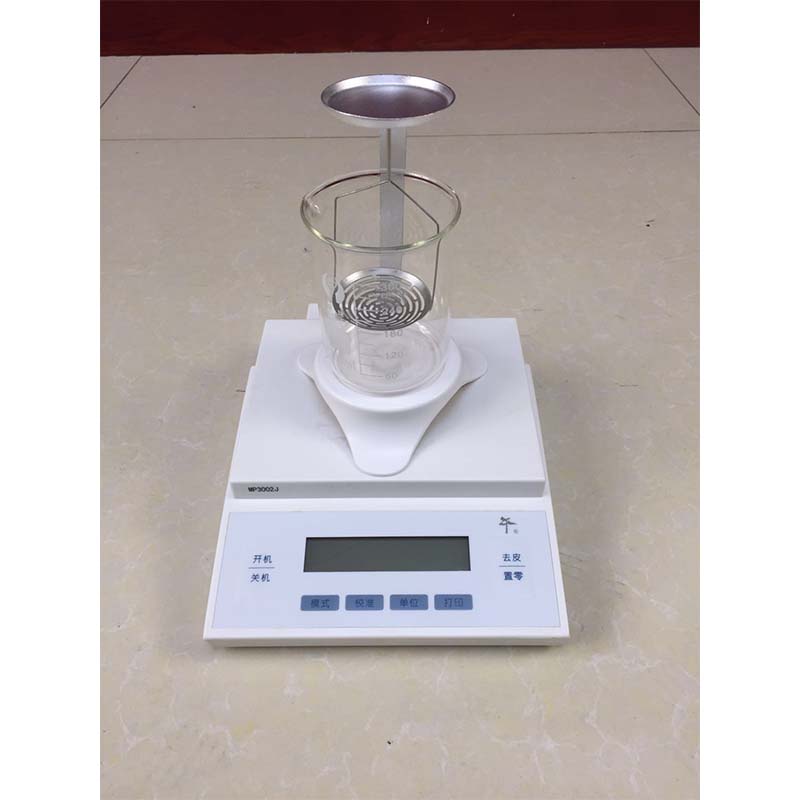Fire Resistance Test Equipment - Leading Manufacturers, Reliable Exporters & Trusted Company
- Introduction to fire resistance test equipment
and its significance - Technical strengths and innovations in fire resistance test equipment
- Comparative analysis of leading manufacturers and exporters
- Bespoke solutions and customization options
- Practical applications and successful case studies
- Market outlook and technology adoption statistics
- Conclusion: Why choosing the right fire resistance test equipment matters

(fire resistance test equipment)
Understanding Fire Resistance Test Equipment and Its Significance
Fire resistance test equipment plays a pivotal role in determining the safety, quality, and compliance of materials used across various industries. As fire emergencies claim significant property and life losses every year—according to the National Fire Protection Association, there were over 1.3 million fire incidents in 2022 in the US alone—ensuring the fire resistance of construction materials, electronics, and critical infrastructure components has never been more important. Rapid technological advances, stricter building codes, and the globalization of material sourcing are converging to push fire resistance test equipment to the forefront for manufacturers, exporters, and construction companies alike. The significance stretches beyond regulatory compliance, impacting insurance costs, product reputation, and market adaptability.
Technical Strengths and Innovations in Fire Resistance Test Equipment
Modern fire resistance test equipment incorporates a suite of technical advancements aimed at enhancing accuracy, repeatability, and user experience. Microprocessor-driven control systems, real-time data analytics, automated calibration routines, and modular test chambers now define state-of-the-art solutions in this sector. Leading units can maintain temperatures up to 1,300°C with high precision, handle variable sample sizes, and integrate directly with laboratory information management systems (LIMS). Durability and ease of maintenance further distinguish advanced equipment, reducing lifecycle costs. The integration of AI-driven sensors allows for adaptive control, better error detection, and predictive maintenance. Innovations like rapid-response thermocouples, intelligent gas flow systems, and touch-screen user interfaces are driving the industry forward, setting apart top-tier solutions from legacy products that often struggle with outdated automation or narrow application ranges.
Comparative Analysis: Manufacturers and Exporters Overview
The global market for fire resistance test equipment is populated by both long-established players and innovative new entrants. This diversity ensures a range of product offerings in terms of features, certifications, and price points. A comprehensive comparison of leading fire resistance test equipment companies and exporters is presented below to assist in strategic sourcing. Criteria covered include ISO accreditation, aftersales support, technical innovation, and export reach.
| Company | Certifications | Max Temperature (°C) | Automation Level | Aftersales Support | Customization Options | Export Presence |
|---|---|---|---|---|---|---|
| AlphaFire Technologies | ISO 17025, UL | 1,250 | Fully Automated | 24/7 Global | Extensive (modules, sensors) | North America, EU, Asia |
| SafeGuard Instruments | EN 1363, ASTM E119 | 1,300 | Semi-Automated | Business Hours | Standard & Custom | Global |
| FlameSecure Exporters | CE, ISO 9001 | 1,200 | Manual w/ Digital Logging | 1-Year Warranty | Limited | Asia, Africa |
| IgnisPro Manufacturing | ISO 17025, BS 476 | 1,350 | Fully Automated + Remote Control | 24/7 Priority | High (Bespoke devices) | EU, Middle East |
As shown, there are marked differences in capabilities, support, and international presence among leading fire resistance test equipment manufacturers and exporters. Selection should align with the specific needs of each application, considering factors such as regulatory environment, required automation level, and long-term serviceability.
Customization and Bespoke Solutions
Not all fire resistance challenges are alike. Building codes, material specifications, lab throughput, and spatial constraints create demand for tailored fire resistance test equipment. Leading companies distinguish themselves by their ability to provide custom test chamber dimensions, unique thermal gradients, and hybrid testing capabilities. For instance, modular units can accommodate varying material sizes—from small cable insulation samples to full-scale doors and wall panels—while advanced gas management systems allow for alternating or mixed-atmosphere testing. Some manufacturers offer plug-and-play modules to expand functionality without redesigning the entire system. These tailored solutions have been shown to reduce testing cycle times by up to 30% and increase pass/fail data reliability, thus streamlining material development and certification workflows. Customization also extends to software, with dashboards, remote alerting, and multi-language support ensuring maximal compatibility across geographies. The best fire resistance test equipment companies provide consultation services, leveraging technical expertise to co-design solutions that pre-emptively address the customer's pain points.
Application Scenarios and Case Studies
The adaptability of fire resistance test equipment is evidenced by its successful deployment across diverse sectors. High-rise construction projects, rail transportation systems, and energy infrastructure developments all depend on rigorous fire resistance testing. For example, AlphaFire Technologies supplied a series of modular test furnaces to a global construction conglomerate tasked with building a 74-story skyscraper. The project required weekly batch testing of novel composite fire doors; as a result of optimized equipment configuration and fast-swap sample holders, throughput increased by 40% and compliance documentation time dropped by two weeks per test phase. Another case involved SafeGuard Instruments delivering semi-automated fire chambers to a rolling stock manufacturer in Germany. The investment supported mandatory EN 45545-2 testing, reducing product recalls by 85% over three years. In a third scenario, FlameSecure Exporters equipped a research lab in India focusing on sustainable materials. Their systems, while more manually operated, enabled iterative testing for over 150 new eco-friendly cladding solutions in under 12 months, accelerating time-to-market for innovative, fire-safe products.
Market Outlook and Technology Adoption Statistics
The global market for fire resistance test equipment is projected to expand at a CAGR of 6.5% between 2023 and 2028, according to industry analysis by MarketsandMarkets. This surge is fueled by ever-tightening safety standards as well as rising awareness in developing economies. Currently, Europe leads in technology adoption, with 72% of accredited test labs upgrading to automated or semi-automated systems in the past five years. North America follows at 65%, while markets in Asia-Pacific are closing the gap due to expanding construction and infrastructural projects. There's notable movement toward AI-infused diagnostics, IoT-enabled data capture, and cloud integration, which enable laboratory managers to act on real-time insights and ensure continual compliance. Regulatory agencies are also promoting transparent documentation, making digital audit trails a baseline expectation in equipment procurement. Strategic investment in next-generation fire resistance test equipment is poised to further enhance product safety, quality, and global compatibility.
Conclusion: Choosing the Best Fire Resistance Test Equipment for Your Needs
In conclusion, fire resistance test equipment stands as a critical backbone for compliance, product development, and market differentiation across the modern material landscape. Selecting a supplier requires thoughtful analysis of technical features, aftersales commitment, and track record of customization. Companies that prioritize innovation, transparency, and robust support are most likely to help your enterprise navigate evolving standards and customer expectations. Drawing on current market data, proven case studies, and a nuanced understanding of regional regulations, decision-makers can confidently invest in solutions that safeguard assets, enhance reputations, and secure long-term competitiveness. As competition intensifies among fire resistance test equipment manufacturers and exporters, aligning with a partner that matches your application needs ensures your place at the forefront of safety and innovation.

(fire resistance test equipment)
FAQS on fire resistance test equipment
Q: What is fire resistance test equipment used for?
A: Fire resistance test equipment is used to assess the ability of materials and products to withstand fire exposure. It helps ensure that building materials meet international safety standards. This equipment is crucial for the certification of fire-resistant products.
Q: How do I select a reliable fire resistance test equipment company?
A: Look for companies with a proven track record, certified products, and positive client reviews. Reputable fire resistance test equipment companies should also offer after-sales support and training. Always verify their compliance with relevant industry standards.
Q: Are there specific manufacturers for fire resistance test equipment?
A: Yes, there are specialized manufacturers dedicated to producing high-quality fire resistance test equipment. These manufacturers design and innovate equipment according to international testing requirements. Choose manufacturers with recognized certifications and robust quality controls.
Q: Can fire resistance test equipment exporters supply globally?
A: Most fire resistance test equipment exporters have the capability to ship and install their products worldwide. They often provide installation services and technical support for international clients. Always confirm their export experience and global service reach before purchasing.
Q: What factors should I consider when purchasing fire resistance test equipment?
A: Consider the testing standards, equipment accuracy, automation level, and after-sales service. It's best to buy from reputable fire resistance test equipment manufacturers or exporters with proven expertise. Assess warranty terms and ongoing technical support options as well.
-
Why the Conductor Resistance Constant Temperature Measurement Machine Redefines Precision
NewsJun.20,2025
-
Reliable Testing Starts Here: Why the High Insulation Resistance Measuring Instrument Is a Must-Have
NewsJun.20,2025
-
Flexible Cable Flexing Test Equipment: The Precision Standard for Cable Durability and Performance Testing
NewsJun.20,2025
-
Digital Measurement Projector: Precision Visualization for Modern Manufacturing
NewsJun.20,2025
-
Computer Control Electronic Tensile Tester: Precision and Power for the Modern Metal Industry
NewsJun.20,2025
-
Cable Spark Tester: Your Ultimate Insulation Assurance for Wire and Cable Testing
NewsJun.20,2025
 Copyright © 2025 Hebei Fangyuan Instrument & Equipment Co.,Ltd. All Rights Reserved. Sitemap | Privacy Policy
Copyright © 2025 Hebei Fangyuan Instrument & Equipment Co.,Ltd. All Rights Reserved. Sitemap | Privacy Policy
